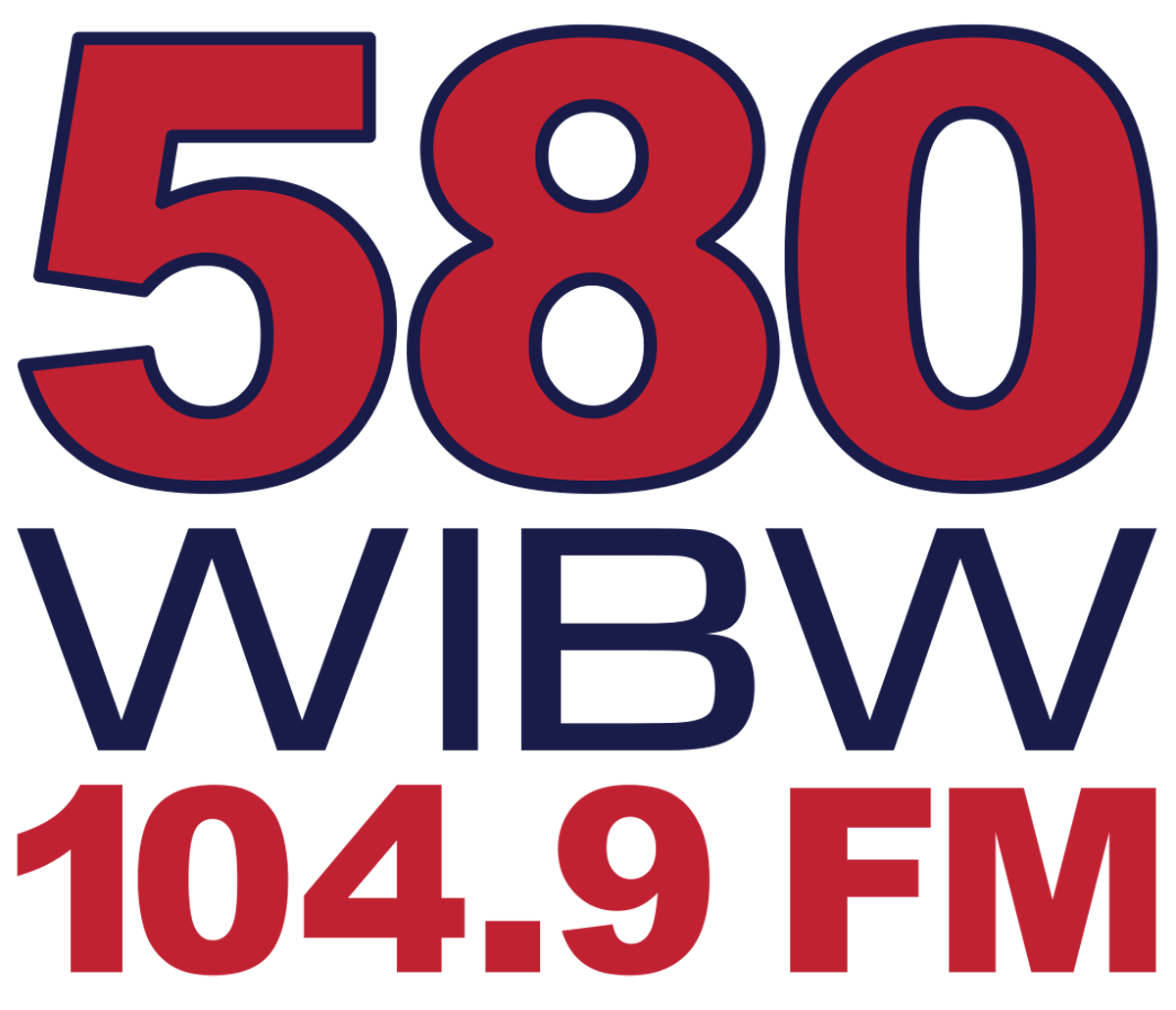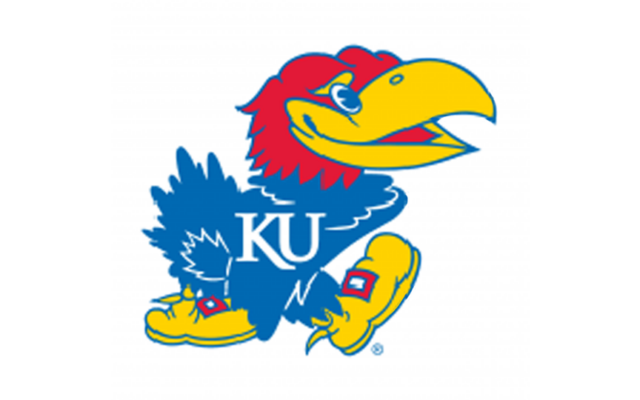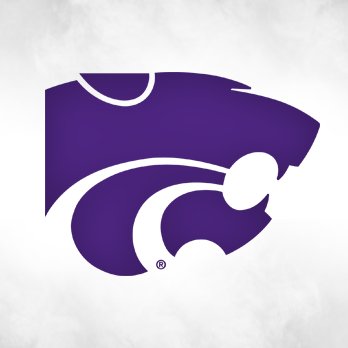Know heat value of wood before you burn, says K-State expert

An “arctic blast” is expected to hit Kansas this weekend, dropping temperatures to near zero or below. With the possibility of extended cold winter weather settling in, now is a good time to talk about the selection of firewood because not all firewood is created equal.
Firewood is typically sold as a volume –usually a cord –which is 128 cubic feet. However, the heating value of various types of firewood can vary greatly. For example, K-State Research and Extension horticulturist Ward Upham (up-umm) says there’s a big difference between a pound of cottonwood and a pound of hedge.
“Even though the pound of each is the same, it takes a little over two cords of cottonwood to equal the heat value of one cord of something like hedge,” said Upham. There’s a lot of difference among these woods and so you kind of have to know what you’re harvesting in order to know how much wood you’re going to need in to get you through a season.”
The heat value of firewood is measured in thermal units. Cottonwood ranks at the bottom for heat value, along with elms and sycamores. While oak isn’t at the top of the list, Upham says it’s still a solid choice.
“Red or chinkapin or whatever you happen to have. If you have it available, they burn nice, they make a nice bed of coals, they’re just a nice type of wood to burn,” said Upham. “They’re right around 25 million BTUs, about the same heat value as mulberry. I like mulberry, except it’s going to take two years to dry it. And once it’s been dried two years, then it works really good.”
Honey locust has a good heat value but can spark and should not be used in an open fireplace. Black locust is a better choice because it’s a dense wood, burns well and produces a nice bed of coals. However, the firewood with the best heat value is Osage orange and hedge. “It has between 32 and 33 BTUs,” said Upham. “The only problem with Osage orange is of course it does spark, so you don’t want it in an open fireplace. The other thing is I won’t burn it by itself. I’m going to mix it because it puts out so much heat.”
In addition to selecting firewood with a good heat value, it should be purchased locally to avoid the possibility of transporting pests. Upham says Emerald Ash Borer is now in Kansas because of transported wood.



